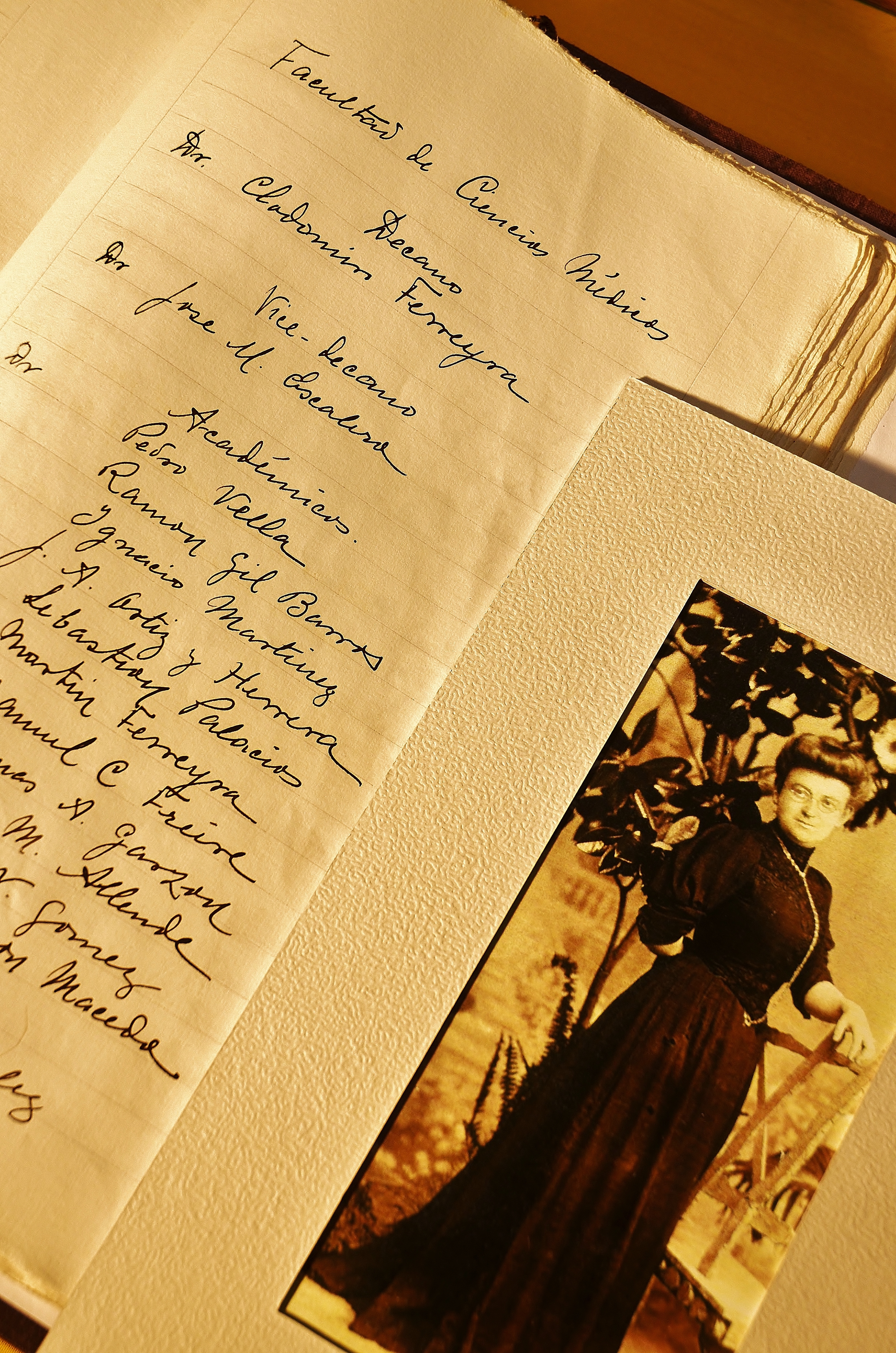Pneumothorax after percutaneous transthoracic lung biopsy. Non-invasive management in order to avoid unnecessary hospitalizations.
DOI:
https://doi.org/10.31053/1853.0605.v78.n1.29831Keywords:
pneumothorax, pleural cavity, chest tubesAbstract
BACKGROUND: Image-guided percutaneous transthoracic lung biopsy has become a widely used and less invasive diagnostic method. Pneumothorax is the most frequent complication after lung biopsy. The aim of the present study is to describe the experience with expectant management of asymptomatic small post-biopsy pneumothorax in order to reduce unnecessary hospital admissions.
METHODS: A retrospective review was performed analyzing the results of subjects who underwent expectant and conservative treatment after presenting pneumothorax following percutaneous lung biopsy, in a period of 6 years (January 2013 - December 2019)
RESULTS: 160 subjects who underwent diagnostic percutaneous lung biopsy of lung nodules were evaluated. Of these, 46 subjects (29%) presented pneumothorax, of which 36 were small. This group of subjects was managed expectantly, with a therapeutic success of 81% (7 subjects had to undergo percutaneous pleural drainage).
CONCLUSION: Expectant management in subjects with pneumothorax following percutaneous lung biopsy is a useful tool and should be applied by surgeons in order to avoid hospitalizations and / or unnecessary and expensive procedures.
Downloads
References
Anzidei M, Sacconi B, Fraioli F, Saba L, Lucatelli P, Napoli A, et al. Development of a prediction model and risk score for procedure-related complications in patients undergoing percutaneous computed tomography-guided lung biopsy. Eur J Cardiothorac Surg. 2015 Jul;48(1):e1–6.
Winokur RS, Pua BB, Sullivan BW, Madoff DC. Percutaneous lung biopsy: technique, efficacy, and complications. Semin Intervent Radiol. 2013 Jun;30(2):121–7.
Tsukada H, Satou T, Iwashima A, Souma T. Diagnostic accuracy of CT-guided automated needle biopsy of lung nodules. AJR Am J Roentgenol. 2000 Jul;175(1):239–43.
Huo YR, Chan MV, Habib A-R, Lui I, Ridley L. Post-Biopsy Manoeuvres to Reduce Pneumothorax Incidence in CT-Guided Transthoracic Lung Biopsies: A Systematic Review and Meta-analysis. Cardiovasc Intervent Radiol. 2019 Aug;42(8):1062–72.
Schnell J, Beer M, Eggeling S, Gesierich W, Gottlieb J, Herth F, et al. Management of Spontaneous Pneumothorax and Postinterventional Pneumothorax: German S3-Guideline. Zentralbl Chir. 2018 Aug;143(S 01):S12–43.
MacDuff A, Arnold A, Harvey J, BTS Pleural Disease Guideline Group. Management of spontaneous pneumothorax: British Thoracic Society Pleural Disease Guideline 2010. Thorax. 2010 Aug;65 Suppl 2:ii18–31.
Baumann MH, Strange C, Heffner JE, Light R, Kirby TJ, Klein J, et al. Management of spontaneous pneumothorax: an American College of Chest Physicians Delphi consensus statement. Chest. 2001 Feb;119(2):590–602.
Stenton C. The MRC breathlessness scale. Occup Med . 2008 May 1;58(3):226–7.
Moreland A, Novogrodsky E, Brody L, Durack J, Erinjeri J, Getrajdman G, et al. Pneumothorax with prolonged chest tube requirement after CT-guided percutaneous lung biopsy: incidence and risk factors [Internet]. Vol. 26, European Radiology. 2016. p. 3483–91. Available from: http://dx.doi.org/10.1007/s00330-015-4200-7
Shiekh Y, Haseeb WA, Feroz I, Shaheen FA, Gojwari TA, Choh NA. Evaluation of various patient-, lesion-, and procedure-related factors on the occurrence of pneumothorax as a complication of CT-guided percutaneous transthoracic needle biopsy. Pol J Radiol. 2019 Jan 28;84:e73–9.
Wu CC, Maher MM, Shepard J-AO. Complications of CT-guided percutaneous needle biopsy of the chest: prevention and management. AJR Am J Roentgenol. 2011 Jun;196(6):W678–82.
Lang D, Reinelt V, Horner A, Akbari K, Fellner F, Lichtenberger P, et al. Complications of CT-guided transthoracic lung biopsy : A short report on current literature and a case of systemic air embolism. Wien Klin Wochenschr. 2018 Apr;130(7-8):288–92.
Hiraki T, Mimura H, Gobara H, Shibamoto K, Inoue D, Matsui Y, et al. Incidence of and Risk Factors for Pneumothorax and Chest Tube Placement After CT Fluoroscopy–Guided Percutaneous Lung Biopsy: Retrospective Analysis of the Procedures Conducted Over a 9-Year Period [Internet]. Vol. 194, American Journal of Roentgenology. 2010. p. 809–14. Available from: http://dx.doi.org/10.2214/ajr.09.3224
O’Neill AC, Ní Mhuircheartaigh N, Dodd JD. Rapid needle-out patient-rollover approach after CT-guided lung biopsy: challenges and future directions. J Thorac Dis. 2015 Oct;7(10):1713–5.
Filosso PL, Sandri A, Guerrera F, Ferraris A, Marchisio F, Bora G, et al. When size matters: changing opinion in the management of pleural space—the rise of small-bore pleural catheters [Internet]. Vol. 8, Journal of Thoracic Disease. 2016. p. E503–10. Available from: http://dx.doi.org/10.21037/jtd.2016.06.25
McCracken DJ, Rahman NM, Psallidas I. Chest drain size: does it matter? [Internet]. Eurasian Journal of Pulmonology. 2017. Available from: http://dx.doi.org/10.5152/ejp.2017.13007
Loiselle A, Parish JM, Wilkens JA, Jaroszewski DE. Managing iatrogenic pneumothorax and chest tubes. J Hosp Med. 2013 Jul;8(7):402–8.
Özturan İU, Doğan NÖ, Alyeşil C, Pekdemir M, Yılmaz S, Sezer HF. Factors predicting the need for tube thoracostomy in patients with iatrogenic pneumothorax associated with computed tomography-guided transthoracic needle biopsy. Turk J Emerg Med. 2018 Sep;18(3):105–10.
Tavare AN, Creer DD, Khan S, Vancheeswaran R, Hare SS. Ambulatory percutaneous lung biopsy with early discharge and Heimlich valve management of iatrogenic pneumothorax: more for less. Thorax. 2016 Feb;71(2):190–2.
Published
How to Cite
Issue
Section
License
Copyright (c) 2021 Universidad Nacional de Córdoba

This work is licensed under a Creative Commons Attribution-NonCommercial 4.0 International License.
The Faculty of Medical Sciences Journal (RFCM) subscribes to the Open Access policy and does not charge authors fees for publishing, nor does it charge readers fees for accessing published articles (APC).



